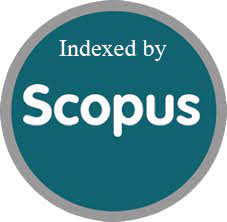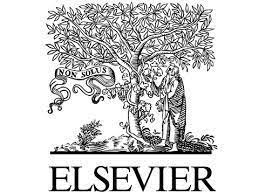WIRELESS COMMUNICATION SYSTEMS USING MILLIMETRE WAVES BAND: COMPREHENSION REVIEW
DOI:
https://doi.org/10.84761/ffsmp378Abstract
“Wireless communication technology” is constantly evolving to meet the ever-increasing demands of mobile consumers. As a result, the overhead of currently operating “Wireless” systems will increase. The on-going expansion of “Wireless” networks is a response to the increasing capacity demand. Due to the increasing congestion in cellular bands, which coincides with a rise in user count, the use of “extremely high frequency (EHF)” bands, such as “millimeter wave”, in cellular networks is becoming increasingly attractive. For applications needing great capacity, the “millimeter-wave (mmWave)” bands used in next-generation networks can handle multi-gigabit rates. These bands have certain restrictions as well, including their incapacity to pass across vast distances or through buildings or other constructions. Over the past few years, the field of telecommunication has experienced significant development. Regarding contributions, the “Wireless” mobile communication standards rank among the most important. We can leverage these limitations to facilitate the reuse of high-frequency frequencies, while simultaneously promoting more secure communication. This will help to build densely packed systems and enable spectrum usage to become more effective. This paper outlines the fundamental concept of the “5G MMW microstrip antenna”, along with the spectrum that the “Federal Communications Commission (FCC)” has designated for “5G”. The paper also covers the challenges and uses of the MMW.









